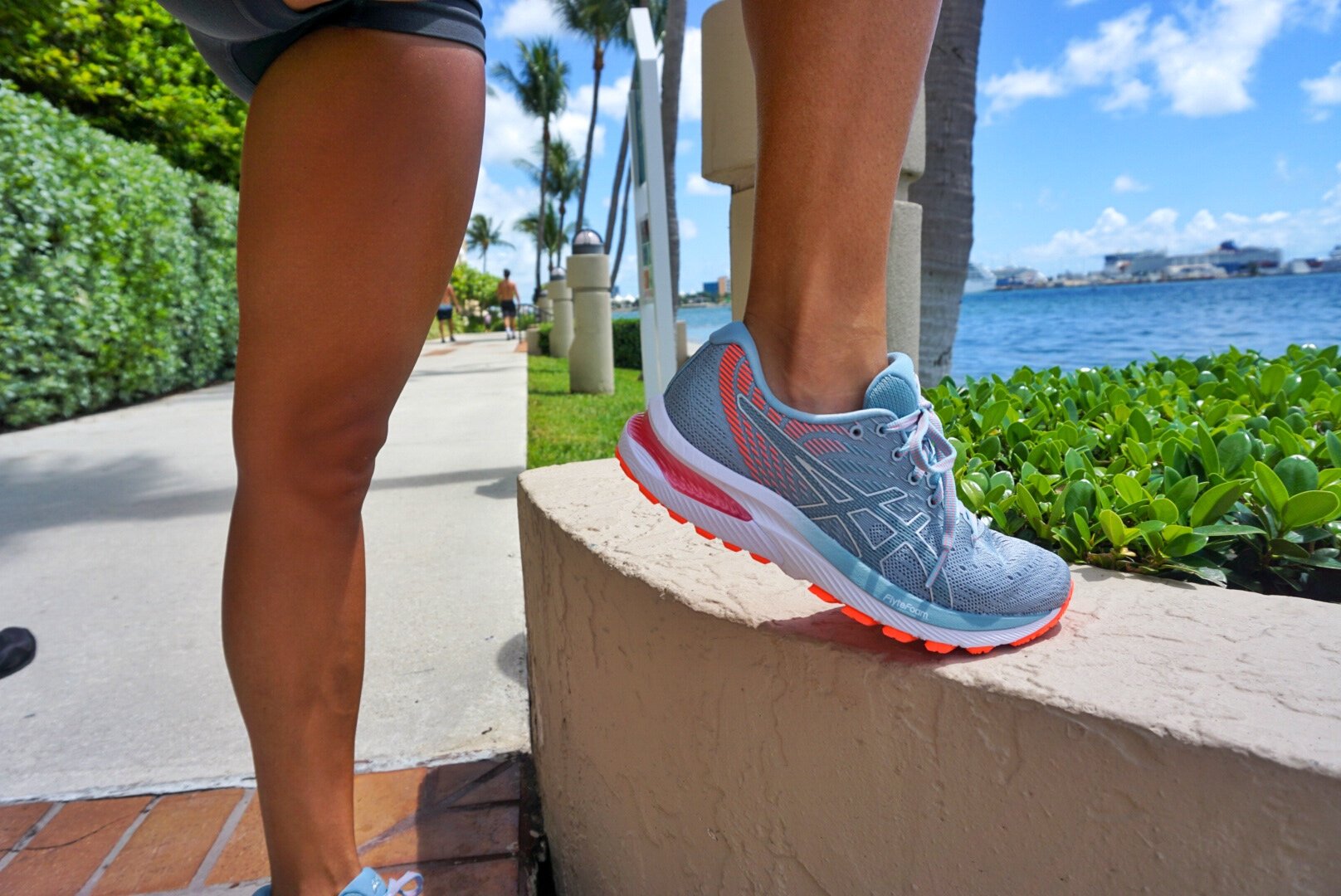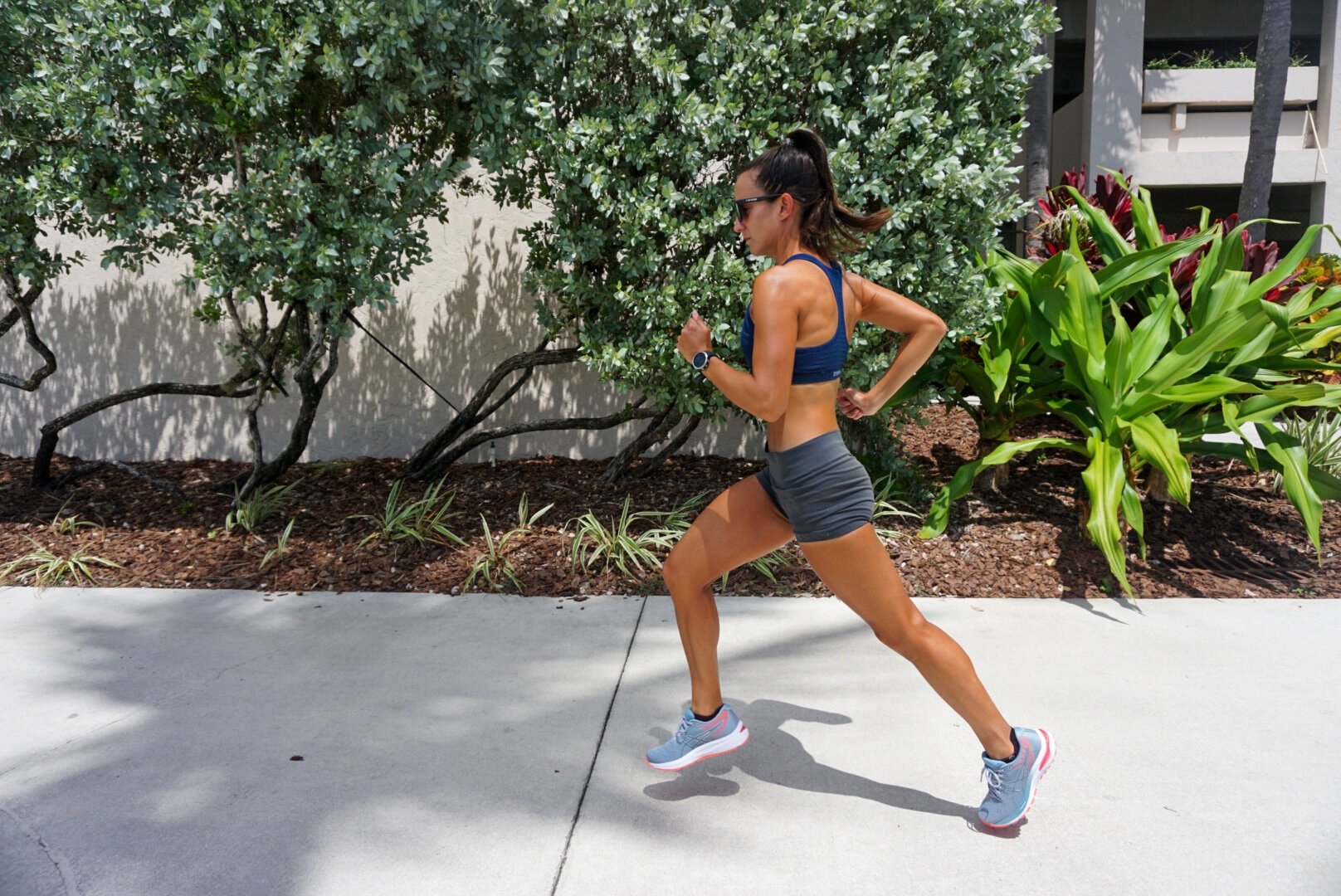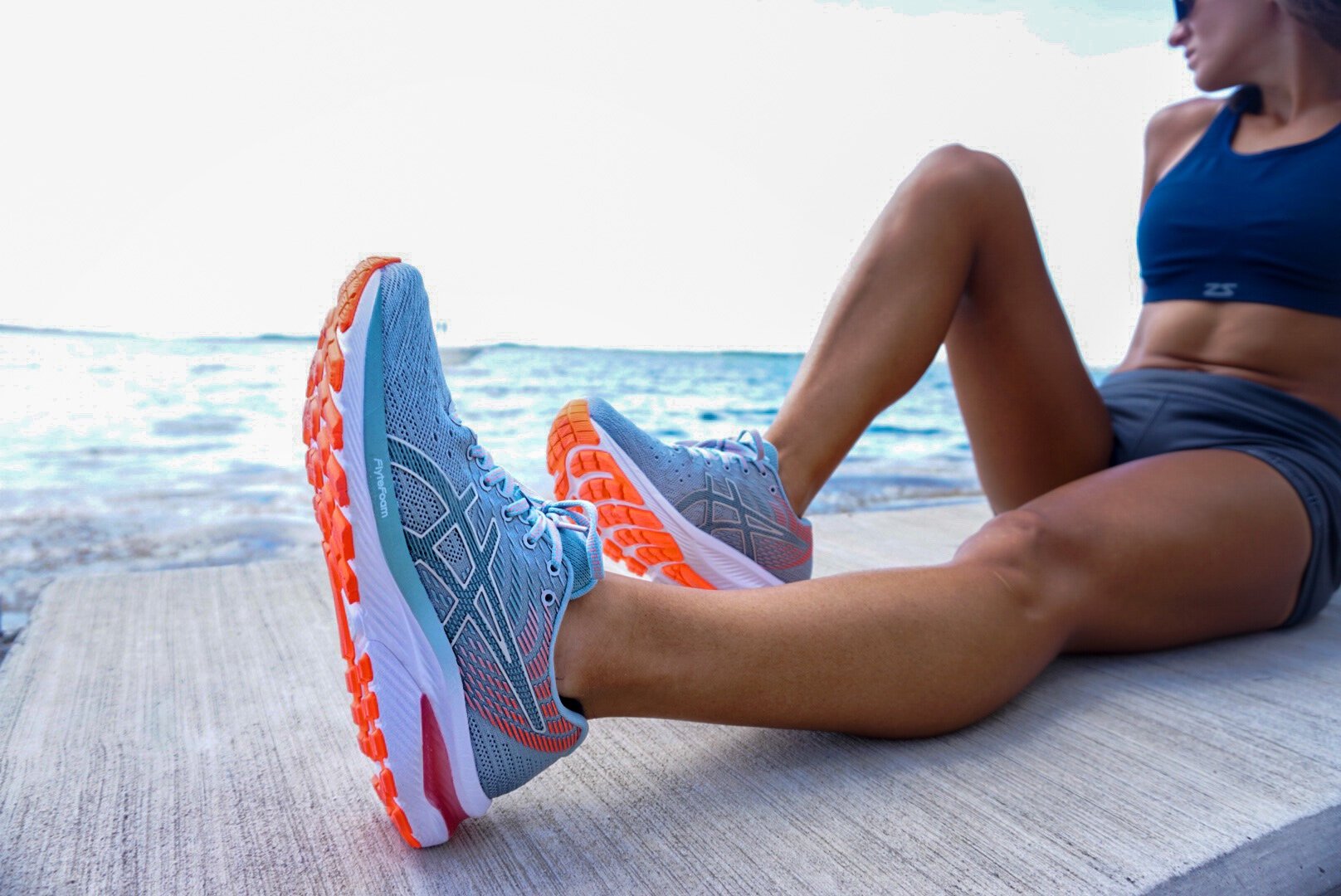As runners, we love our shoes. We love them so much, we dread when they wear out too quickly and we have to toss them. It would be great if all the shoes we loved would last just a little longer, but unfortunately, since we also like our shoes to be light and fast, we have to sacrifice durability. What if I told you that this is not the case with the brand new pair I was lucky to try out from Zappos?! The Asics GEL-Cumulus 22 is made with lightweight materials that last longer than most other shoes—you can actually tell the difference from the first time you wear them rather than waiting to see at the end of their lifespan.
Zappos has been my go-to for all my running (and much of my non-running) gear. They have an extra large selection of products, so I always find what I’m looking for. Since becoming a VIP member, I’ve taken advantage of the benefits, including the free expedited shipping, expert customer service, and free returns for a year. If you haven’t joined, you are missing out!
Long Run Comfort
When trying out a new pair of running shoes, I always take a day to walk around in them first, then follow that with a short run to break them in further before attempting a longer run. These shoes are definitely more supportive than the lightweight shoes I am used to. The structure of the shoe is on the firm side, yet flexible enough to conform to the motion of the foot during the constant pounding on the ground. Some runners stay away from more rigid shoes because they feel it will limit their speed, but you definitely want some firmness if you are looking to run more than a few miles. That’s where the support comes from!
My first longer run in these shoes was a 14-mile run up and over the causeway several times, and I was surprised with how comfortable they felt during the inclines. Instead of the firmness limiting my push-off on the inclines, it actually helped! Asics’ FlyteFoam technology is what gives the midsole this responsiveness. I was a fan of the GEL-Cumulus 21, which I used for most medium runs for a couple of months. This updated version feels much softer, which is going to be great for all of my bridge runs!
A Summer Running Essential
Running in 90+ degrees and 95%+ humidity every single day has its benefit of building a great deal of strength and fitness. One of the worst problems of running in this climate is finishing every run with soggy shoes. It’s merely impossible to not get sweat into your shoes during these hot months, so it’s great when a shoe is made with the right materials to let your feet breathe and not get weighed down. The Ortholite X-40 Sockliner in the Asics GEL-Cumulus 22 provides the shoe with better moisture management than any other shoe I’ve used lately. The upper part of the shoe is made with a mesh material, which also helps the feet stay dry.
I lean more towards a neutral/supinated foot strike, so these shoes felt just right. If you are an overpronator, you may actually still find this shoe can work for you since it is extremely roomy for any orthotic. I actually tested this out by removing the insoles and replacing with my plantar fasciitis insoles I use sometimes and they did not feel tight at all! For those of you that fall into the overpronation category, the increased pressure through the heel when running can definitely cause pain and other foot and ankle issues. The GEL-Cumulus 22 is made with a gel cushion that you can visibly see in the heel of the shoe that reduces this pressure and provides the foot with better shock absorption—something that will greatly reduce your risk of injury.
All in all, the Asics GEL-Cumulus 22 is a well-designed shoe that feels great for just about any run. I will be using these for medium to long runs since the materials are longer lasting than other lightweight shoes I own. I highly recommend this pair for short to long distance training, so give them a try in one of the ten color options from Zappos. And don’t forget to take advantage of the VIP membership program!










